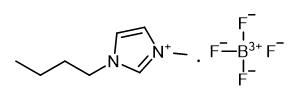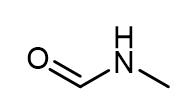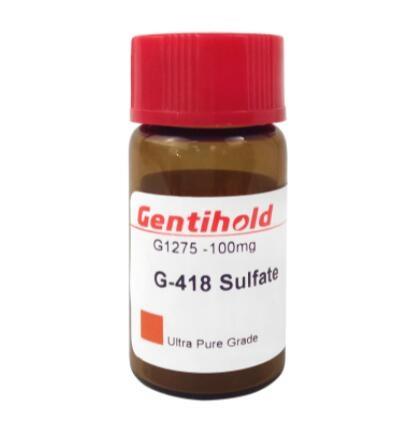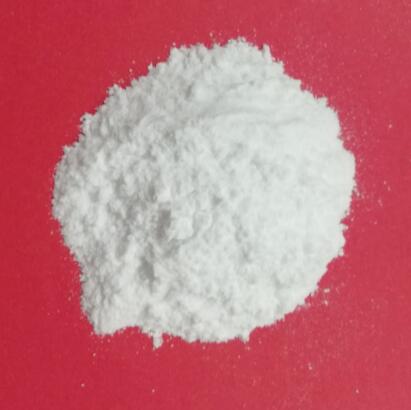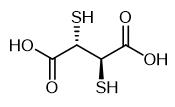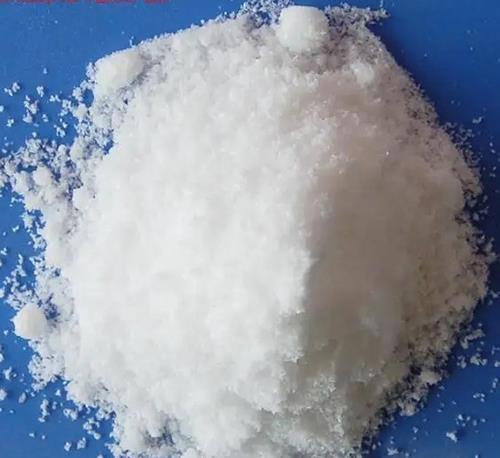Active Pharmaceutical Ingredients (API), popularly speaking, are the raw materials of medicines, only pharmaceutical raw materials are processed into pharmaceutical preparations , can they become medicines available for clinical use, so drugs we usually eat are the finished drugs through processing. Active Pharmaceutical Ingredients based on its sources can be divided into two major categories ,including chemical synthetic drugs and natural chemical drugs. Chemical synthetic drugs can be divided into organic synthetic drugs and inorganic synthetic drugs. Inorganic synthetic drugs are inorganic compounds ( very few is element), such as aluminum hydroxide, magnesium trisilicate which are used for the treatment of gastric and duodenal ulcers ; organic synthetic drugs are mainly composed of drugs made by basic organic chemical raw materials, through a series of organic chemical reactions (such as aspirin, chloramphenicol, caffeine, etc.). Natural chemical drugs ,based on its sources,can be divided into two categories including biochemical drugs and plant chemical drugs. Antibiotics are generally made by the microbial fermentation, which belongs to the biochemistry category. A variety of semi-synthetic antibiotics occurs in recent years,which are biosynthesis and chemical synthesis combining products.Among active Pharmaceutical Ingredients, the organic synthetic drugs varieties, yields and values have the largest proportion,which are the main pillars of the chemical and pharmaceutical industries. The quality of active Pharmaceutical Ingredients decides whether the formulation is good or bad , so its quality standards are very strict ,countries in the world have developed national pharmacopoeia standards and strict quality control methods for its widely used active Pharmaceutical ingredients.
Synthesis and Application of N,N-Diethylhydroxylamine
N,N-Diethylhydroxylamine is an efficient polymerization inhibitor and antioxidant.
Aug 22,2022 APISynthesis and Application of 1-Butyl-3-methylimidazolium tetrafluoroborate
1-Butyl-3-methylimidazolium tetrafluoroborate is an ionic liquid that can be used in many reactions, such as hydrogenation.
Aug 22,2022 APIPreparation and Application of N-Methylformamide
N-Methylformamide is an important organic chemical raw material and intermediate, and an organic solvent with good performance.
Aug 19,2022 APIApplication and pharmacological studies of tetramisole hydrochloride
Teimidazole hydrochloride is used as an intermediate of levamisole hydrochloride, and it can also be used as an antienteric drug, anti-helmintic drug, as well as roundworm.
Aug 19,2022 APIUse and Mechanism of Geneticin(G418)
G418 (Geneticin) is an aminoglycoside antibiotic similar in structure to gentamicin B1. It is produced by Micromonospora rhodorangea.
Aug 18,2022 APIUses of Chloramine-T
Chloramine-T is a white powders,it is used as a reagent in organic synthesis.It is commonly used as cyclizing agent in the synthesis of aziridine, oxadiazole, isoxazole and pyrazoles.
Aug 18,2022 APISynthesis and Application of Succimer
Succimer is a chelating agent widely used in the study of lead poisoning.
Aug 18,2022 APISynthesis method of tricyclohexyl phosphine
Tricyclohexyl phosphine is the tertiary phosphine.
Aug 18,2022 APISynthesis of Tedizolid
Tedizolid is the first FDA-approved second-generation oxazolidinone antibiotic, which is clinically used to treat skin and skin tissue infections, and its efficacy is non-inferior to linezolid.
Aug 17,2022 APIThe important application of phosphorus pentoxide
Phosphorus pentoxide is an acid anhydride that is obtained from phosphoric acid.
Aug 17,2022 API




